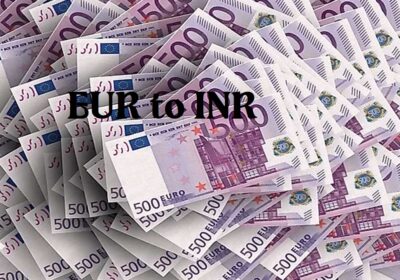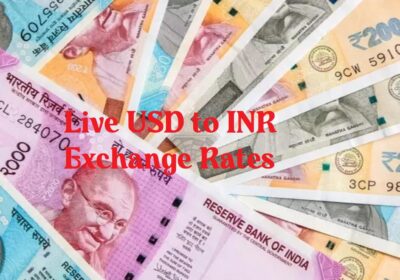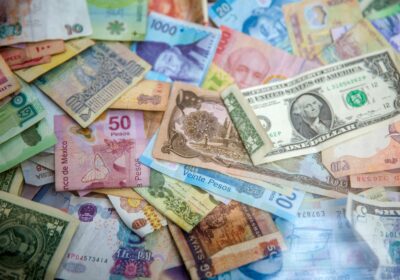Understanding World Currencies: A Guide to Global Money
Introduction
In today’s interconnected world, understanding currencies is crucial for anyone engaged in international trade, travel, or finance. Currencies are not just tools for transaction; they represent the economic health and stability of nations. This guide will explore the various types of world currencies, their significance, and some interesting facts that highlight the dynamics of global finance.
Sources for Live Exchange Rates
What Are Currencies?
A currency is a system of money that is used within a particular country or region. It allows people and businesses to exchange goods and services efficiently, serving as a medium of exchange, a unit of account, and a store of value.
Importance of World Currencies
- Facilitating Trade: Currencies are essential for international commerce, allowing countries to buy and sell goods and services.
- Economic Indicators: The strength and stability of a currency often reflect a country’s economic health and performance.
- Exchange Rates: The value of one currency compared to another affects tourism, investments, and global market dynamics.
- Financial Security: A strong currency can enhance national pride and financial stability for its citizens.
Types of Currencies
- Fiat Currencies
- These are government-issued currencies that have no intrinsic value and are not backed by physical commodities. Examples include the US Dollar (USD), Euro (EUR), and Japanese Yen (JPY).
- Cryptocurrencies
- Digital currencies that use cryptography for security and operate on decentralized networks. Popular examples include Bitcoin (BTC) and Ethereum (ETH).
- Commodity Currencies
- These are currencies that are backed by a physical commodity, often traded in international markets.
- Reserve Currencies
- Currencies that are held in significant quantities by governments and institutions as part of their foreign exchange reserves. The US Dollar is the most prominent reserve currency.
Interesting Facts About World Currencies
- The US Dollar Dominates: It accounts for approximately 88% of all currency transactions worldwide.
- The Euro’s Reach: As the second most traded currency, the Euro is used by 19 of the 27 EU countries.
- Hyperinflation Instances: Countries like Zimbabwe have faced severe hyperinflation, rendering their currencies nearly worthless.
- Historical Beginnings: The first known use of paper currency was in China during the Tang Dynasty (618–907 AD).
How Currencies Are Valued
- Supply and Demand: Currency value is determined by market dynamics, where the buying and selling of currencies occur in the forex market.
- Economic Performance: Factors such as inflation, interest rates, and GDP growth play significant roles in currency valuation.
- Political Stability: Countries with stable governments and robust economies tend to have stronger currencies.
- Market Sentiment: Traders’ perceptions and market news can lead to fluctuations in currency value.
Conclusion
World currencies are the backbone of the global economy, influencing trade, investment, and personal finance. Understanding the various types of currencies and their functions can empower you to navigate international markets more effectively. As we continue to witness the rise of cryptocurrencies and digital finance, staying informed about world currencies will be increasingly vital.






Leave feedback about this